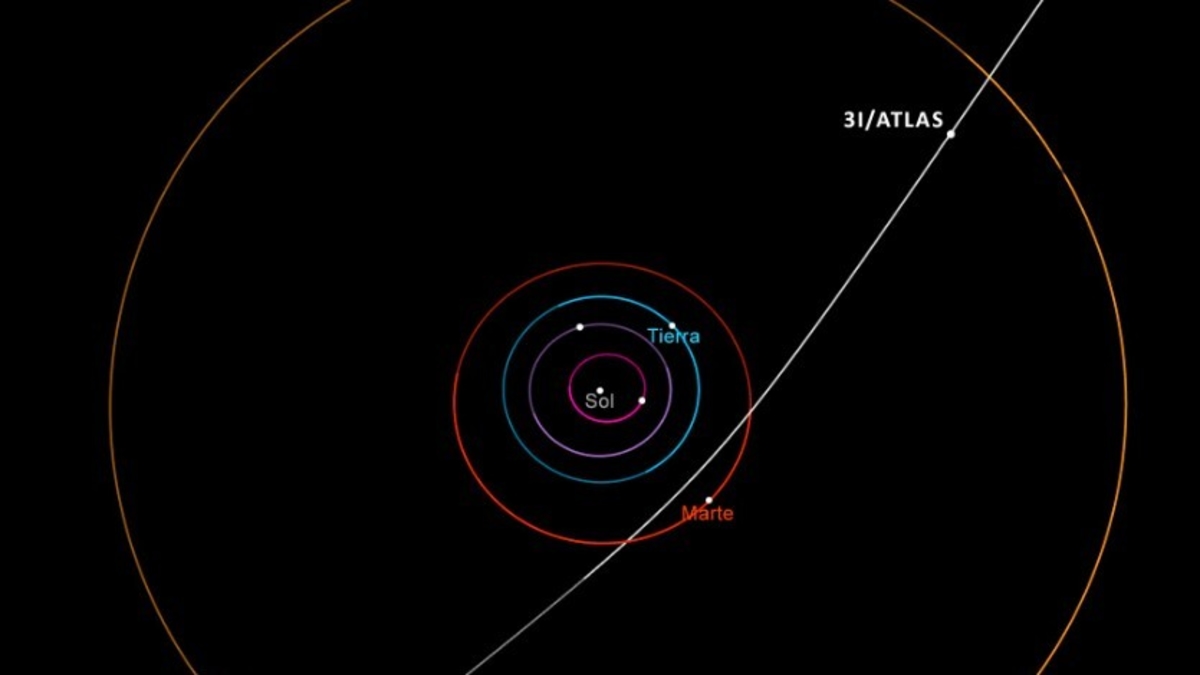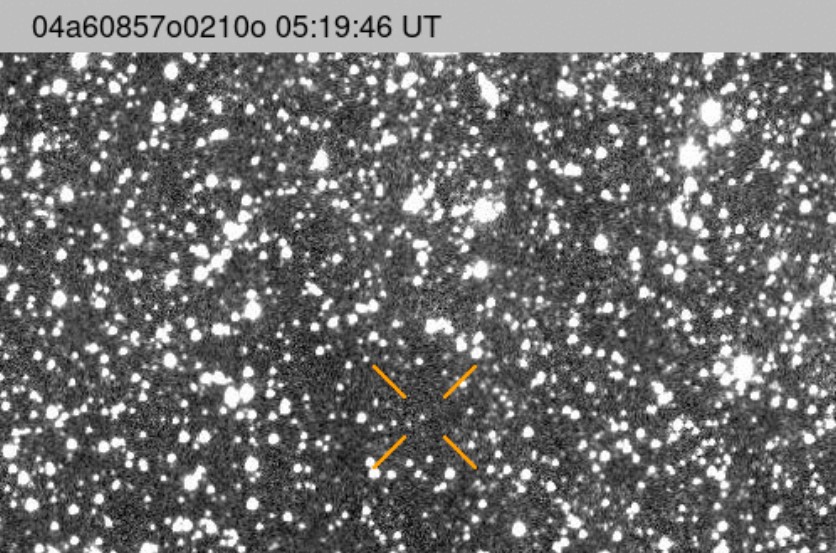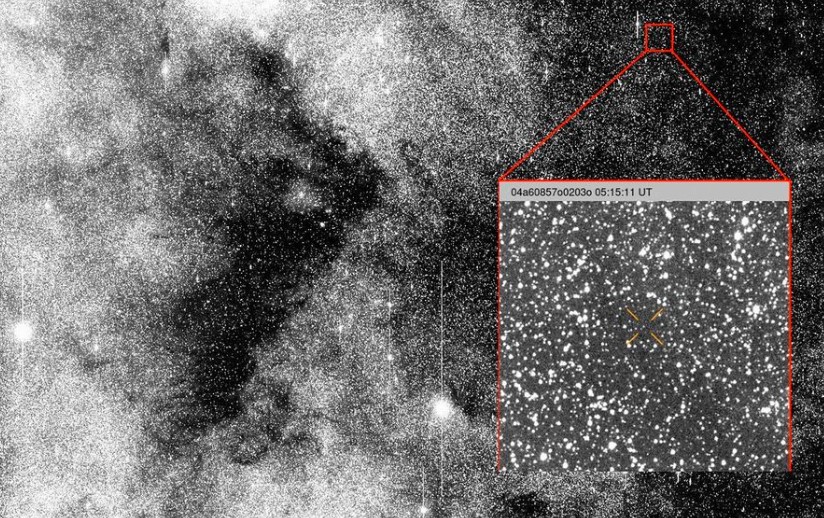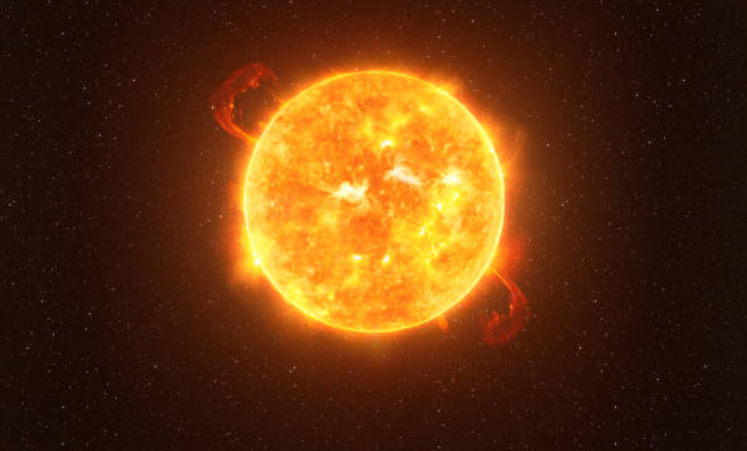How close will comet 3I/Atlas be to Earth? Here's what NASA says.

On July 1 of this year, the Asteroid Terrestrial-impact Last Alert System (ATLAS) survey telescope, located in Río Hurtado, Chile, and funded by NASA, discovered comet 3I/ATLAS. This Thursday, October 30, this interstellar comet will reach its closest point to the Sun.

NASA is tracking the interstellar comet. Photo: Courtesy of NASA
According to NASA, this comet does not pose a threat to Earth and will stay away from our planet.
"The closest it will come is about 1.8 astronomical units (about 270 million kilometers, or 170 million miles)," the US space agency explained.

The comet poses no threat to planet Earth. Photo: iStock
Since the first report from the telescope located in Chile about comet 3I/ATLAS to the Minor Planet Center, characteristics of this celestial body have been revealed.
One of the findings is that comet 3I/ATLAS is the third object from outside our solar system that has been discovered so far.
"Astronomers have categorized this object as interstellar due to the hyperbolic shape of its orbital path. Furthermore, its orbit does not follow a closed path around the Sun. When the orbit of 3I/ATLAS is traced back into the past, it is clearly observed that the comet originated from outside our solar system," NASA explained.

The comet was discovered on July 1, 2025. Photo: Courtesy of NASA
Comets are usually named after the person or team that discovers them, which in this case, according to NASA, is the ATLAS survey team . The "3" indicates that it is the third interstellar object discovered . The "I" signifies its classification as "interstellar," because this object originated from outside our solar system.
They are investigating the characteristics of the comet. Astronomers around the world are investigating the size and physical properties of this interstellar comet. In fact, they were able to observe its characteristics more closely when it remained visible to ground-based telescopes until September of this year.

The comet will pass close to the Sun. Photo: iStock
During the past month, 3I/ATLAS has passed closer to the Sun, but it is also visible to telescopes. Scientists expect it to reappear on the far side of the Sun in early December 2025, allowing for new observations.
LATEST NEWS EDITORIAL
eltiempo




